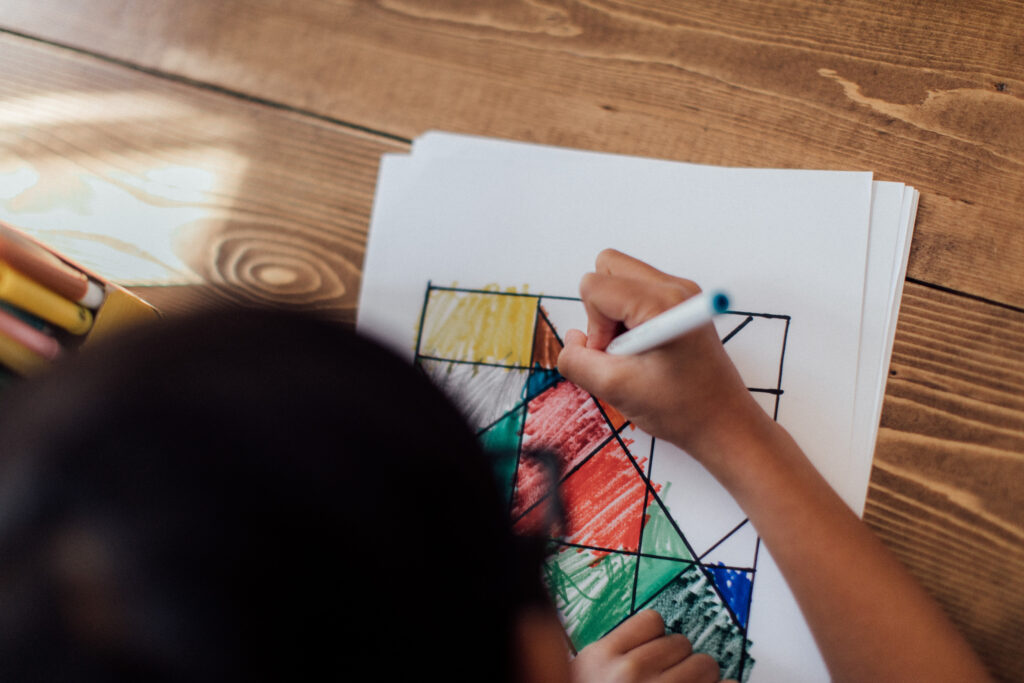If you’re considering homeschooling but have several questions as to which approach would best suit your child, read on the different types of homeschooling. Homeschooling is becoming more and more popular for many reasons including the current Covid 19 situation. If you are compelled to consider the homeschooling option seriously, we can help you learn more about the methods available.
The homeschooling movement began in the 1970s, when renowned researchers and authors propagated their views on the increasing need for educational reform. Over the years, there has been continued support from some parents who endorse this viewpoint for various reasons. These include dissatisfaction with the available educational options, different educational/religious philosophies and beliefs, and the disapproval of children’s development with the traditional school structure. No matter what the reason you choose to homeschool, it is worthwhile to choose a method to teach.

Traditional Homeschooling
Traditional homeschooling is also called the ‘school-at-home’ model because it includes similar methods as used in private and public schools. Parents purchase textbooks, desks and other items to create an ambience of a conventional school setting. Homeschoolers adopt a lecture style teaching approach, the classes are properly scheduled, tests and quizzes are conducted to track progress and the curriculum is also the same that is used in schools. The benefits of the traditional type of homeschooling is that children are familiar with the kind of education provided at institutions. In case they need to move back to school, the transition can be rather smooth.
Road-Schooling
Road schooling is an increasingly popular trend in which families choose to educate their children by making connections between the informational material and the world around them. Homeschooling on the road focuses on the ability to integrate travel with the various themes and topics the child is learning about. In this method the homeschoolers use the attractions and landmarks they come across during travel as a means for exploration and knowledge. For example, students don’t just read about the Constitution but actually get to see the document. Even stopping for a pizza can be turned into a teachable moment about pepperoni pie etc. Road schooling is ideal for families that are constantly on the move.
World-Schooling

World-Schooling is an educational movement that centers on the belief that a student acquires the best education by interacting and experiencing with the world around him/her. The primary curriculum of a world schooler is the variety of experiences he or she has during travel. Many families, however, also wish to incorporate a formal educational course into the world schooling plan. There may be a variety of techniques and approaches under the world schooling umbrella; but a shared goal that these families have include a desire for their children to understand, explore and become sensitive to other cultures, social activities, views, histories, climates etc.
Unschooling
Unschooling is an informal learning method based on the belief that if education is driven by the learner’s own curiosity, interests and activities it is most meaningful and thus useful. In unschooling, parents expose their children to various opportunities and experiences. They allow the children to choose what interests them and facilitate them in what they wish to pursue. This school of thought encourages parents to trust their children and believe that by letting children take control of their lives, they would grow up to be more responsible and confident individuals.
Eclectic Homeschooling

As the name suggests, eclectic homeschooling is a method in which parents pick and choose the best parts of various homeschooling resources. Unlike unschooling which is entirely child-driven, eclectic homeschooling offers a lot of flexibility to parents to respond to their children’s interests. In fact they are the ones that design a schedule and curriculum according to their child’s unique personality. In other words, this homeschooling method takes the middle ground between traditional schooling and the structure-less approach of unschooling.
Classical Homeschooling
The main goal of classical homeschooling is to teach children to think for themselves. It is based on the trivium model which involves three main stages of learning namely concrete learning, critical learning and abstract learning. The first stage also known as the Grammar Stage is focused on building the foundational knowledge in various arenas such as science, language arts and math. The second stage is where concrete thinking gives way to analytical reasoning. Children are encouraged to question and reach conclusions with logic. The Rhetoric stage is the final step of the process whereby the child combines his/her foundational knowledge with critical thinking skills. During this stage, children learn to articulate and express their reasoned conclusions and opinions via persuasive writing and debates.
Montessori Homeschooling

Created by Maria Montessori, the Montessori Method of Education is a child-centered approach developed through her psychology work with special-needs children. The key goal of this method is self-regulation, meaning the ability of the child to regulate his/her conduct in an appropriate way according to a given situation. In this approach, parents prepare an environment at home which allows the child to explore and discover. By doing so they are actually preparing him/her to deal with future experiences, situations, and challenges.

